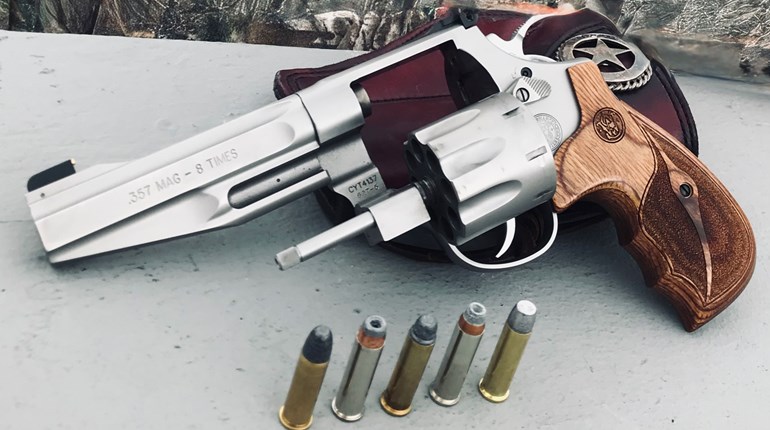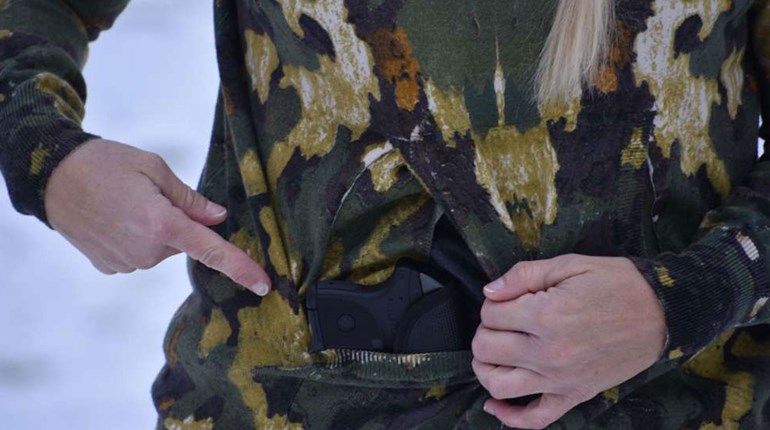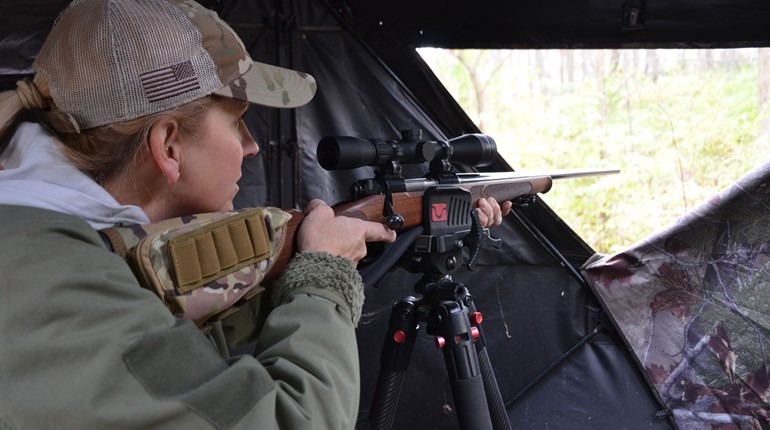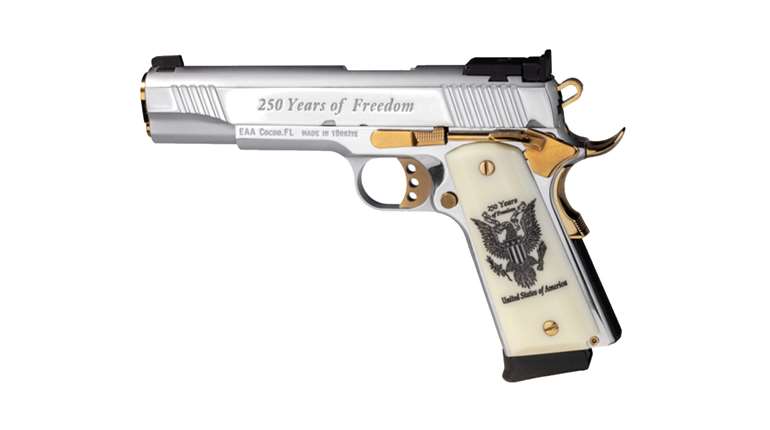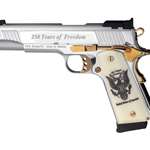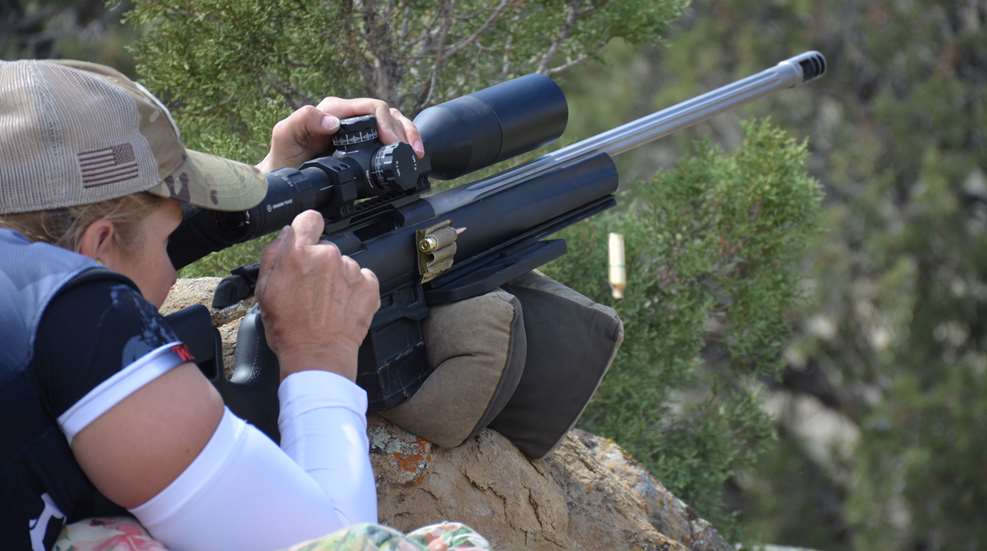
Understanding the many types of firearms manufactured today can be confusing. So how do you keep it all straight? One way is to categorize them by how they function.
For instance, the action—the part of the firearm that mechanically “acts” to fire a round—is one of the main differences among firearms. A simple way to understand how an action works is to look at the parts you manipulate to open the action. A semi-automatic firearm, like an AR or MSR (Modern Sporting Rifle), will generally have a charging handle, and a bolt rifle will have a bolt handle. Let’s look at how charging handles and bolt handles compare, as there are a few big differences in their design and function.

Bolt Rifles
One of the important items to understand about bolt rifles is that the bolt handle and bolt move as one unit. In a traditional bolt rifle, the handle is physically attached to the bolt. Sometimes the bolt handle is welded to the bolt, other times it slides into a slot or is secured at the end and removable, but during operation, the bolt and handle move as a single unit.
The bolt of a rifle rotates into the locking lugs to contain the pressure in the chamber when a round is fired. Most rifles have a bolt (a few types do not).
Bolt rifles require manual operation of the bolt to cycle action. Meaning, the person using the firearm has to do the work of cycling the bolt by hand for each round fired.
Steps to operating the bolt:
- Rotate the bolt to unlock it.
- Slide the bolt backward and open the action to extract and eject the spent case.
- Slide the bolt forward to feed a new round.
- Rotate or lock the bolt handle down to close the action so that the gun is ready to fire.
In the process of this, the bolt interacts with other parts of the action to reset the trigger so the rifle is ready to shoot again.
ARs/Modern Sporting Rifles
A charging handle is not attached to the bolt. The charging handle of an AR is non-reciprocating, meaning it doesn’t move when you fire. It sits in the slot in the receiver that it rides in, until the user decides to use it to charge or unload the firearm.
When operating the charging handle on an AR, the user is able to:
- Open the action by pulling the charging handle back.
- Charge the rifle in one step: When a magazine is inserted and the charging handle is pulled back fully, let go (slingshot), and the bolt carrier group rides forward and strips a round off the top of the inserted magazine. That round is fed into the chamber and the bolt locks. The rifle is ready to shoot.
- Unload the rifle. Use the charging handle to open the action and extract and eject an unfired round from the chamber.

If it’s not attached to the bolt, it’s not a bolt handle; it’s a charging handle.
Bolt Handles vs. Charging Handles
The biggest difference between bolt-actions and rifles with charging handles is that one type is manual and the other operates off the energy produced by firing a round.
A modern sporting rifle requires using only the charging handle to manually charge or load the gun, then it cycles using that captured energy for every subsequent round.
The charging handle’s movement is linear (back and forth). This is because the bolt and bolt carrier are performing the operations required to eject a spent case, reset the trigger, pick up a new round from the magazine, feed it into the chamber and close the bolt … all inside the receiver of the gun.

The AR charging handle is one piece that rides in a track above the BCG (Bolt Carrier Group) and fits on top of the gas key of the bolt carrier. The actual bolt is inserted into the bolt carrier. The bolt has locking lugs on it, just like a traditional bolt rifle.
The other very distinctive contrast between bolt handles and charging handles is speed. A bolt rifle is manually operated and the speed and success of operation depends on the experience and skill of the person using it. Whereas a charging handle operates at a speed designed to cycle the bolt internally and is less likely to be affected by human error.
Understanding firearms based on how they work and the type of action used to operate them is an important factor in becoming a knowledgeable gun owner.













